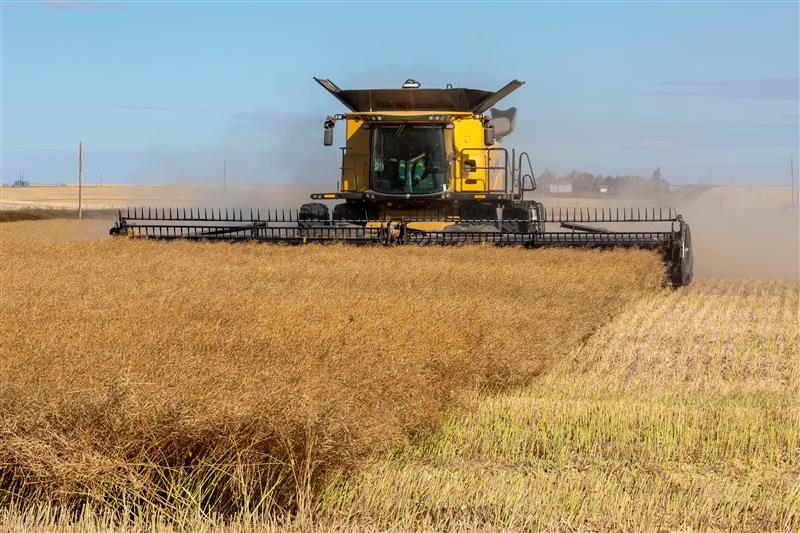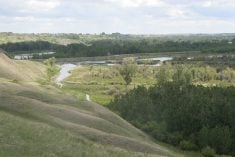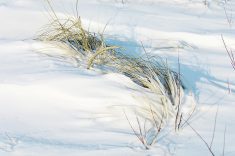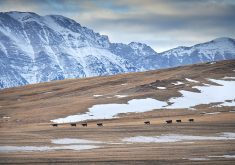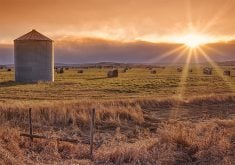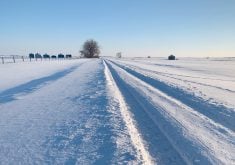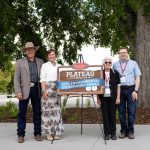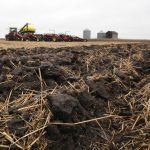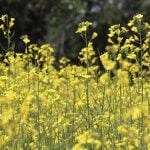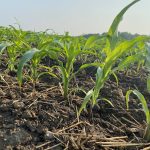The University of Saskatchewan is a leader in helping producers figure out how to better manage snowmelt runoff containing phosphorus and nitrogen. It’s a significant economic and environmental factor.
Quill Lake, Sask., farmer Dwight Odelein is helping in the U of S quest by making his farm available to Helen Baulch, researcher with the Global Institute for Water Security at the campus. She is using his farm as a test site to measure the amount of phosphorus and nitrogen in flat prairie landscapes such as those on the Odelein farm.
Read Also
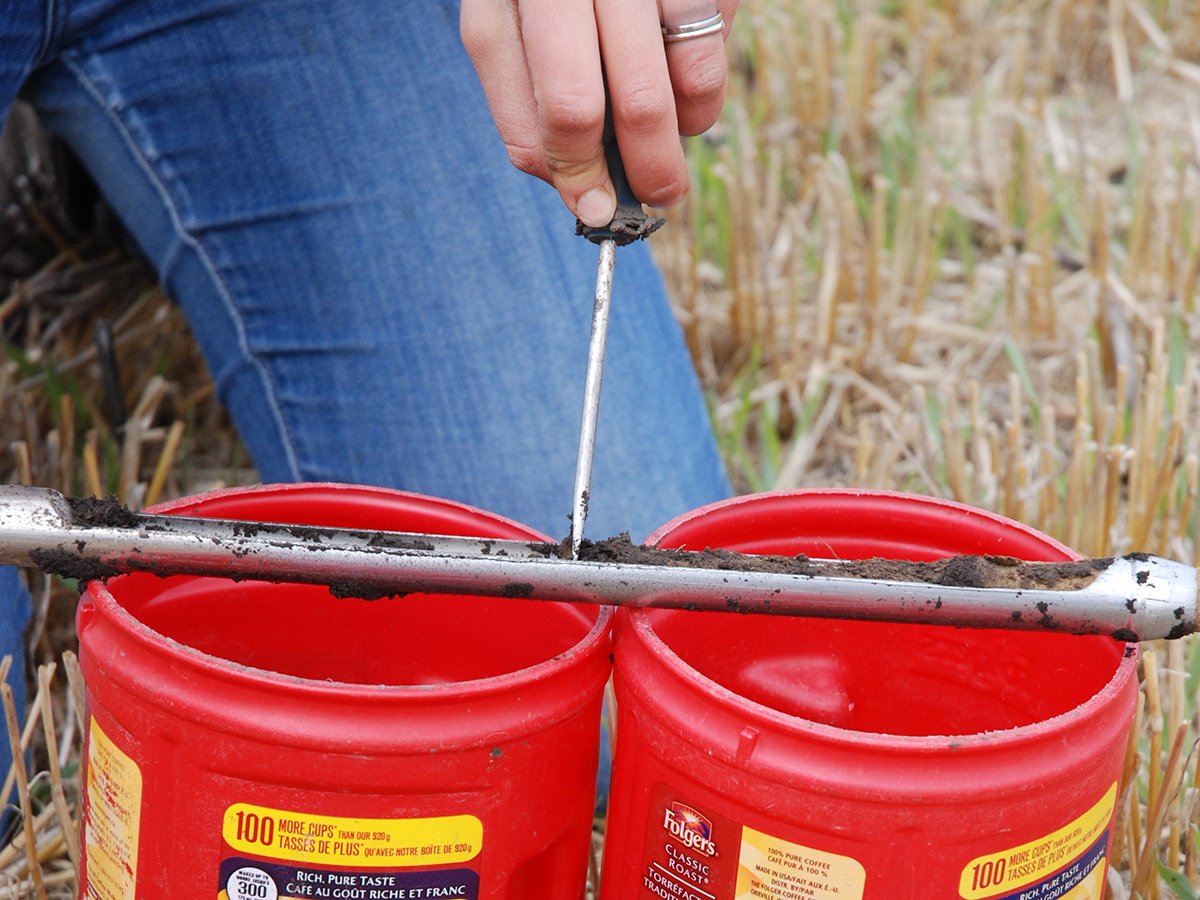
Federal government supports soil health strategy
Sophie Beecher, director general at Agriculture Canada, said at a soil conference in Winnipeg that the feds support the idea of a national soil health strategy.
“We already know there is elevated phosphorus in spring runoff, and that ends up in downstream bodies of water. Our challenge is to find a better way to manage that runoff,” said Baulch in a phone interview, adding that better phosphorus management upstream means better economic and environmental management.
Although it’s more common for the Prairies to be dry than wet, thousands of wet spots do connect in flood years, thus allowing land-locked phosphorus and nitrogen to flow into thousands of kilometres of manmade ditches, which flow down to rivers and lakes. Baulch said the problem isn’t impossible to solve.
“Maybe there’s an opportunity for zone-based management, where we look at those areas with higher connectivity between saline areas. A slight pullback of soil phosphorus in these zones may be all that’s required for a significant downstream benefit.”
Her project will use Odelein’s existing topographical maps from CropPro as a basis to locate areas they want to examine more closely. They document P levels in the soil along with residue cover to form a good picture of each site. Then they perform simulated lab experiments replicating typical snowmelt scenarios.
For snowmelt lab simulations, Baulch’s team pulls soil samples from zero to five centimetres depth, and residue samples from a 40 x 40 cm quadrant. They freeze the field samples to -25 C and place them in a bucket with the corresponding residue sample and snow cover at a 20 cm depth. They can now create a typical spring day on one of Odelein’s fields.
Researchers try to mimic typical 24-hour fluctuations in daily temperature during spring snowmelt, which is -5 C to 5 C each day. The Day One simulation photo shows snow melting in a similar fashion to field observations. In Day Two and Day Three, the snow gradually consolidates, crystallizes and melts away from protruding straw. Meltwater is collected from the pail for analysis of nitrogen and phosphorus losses. This gives Baulch an idea of how much nitrogen and phosphorus might be released from a field in snowmelt runoff.
“Producers I talk to are really concerned about social licence. They see themselves as true stewards of the land and they’re using cutting edge to put that philosophy into action.”

